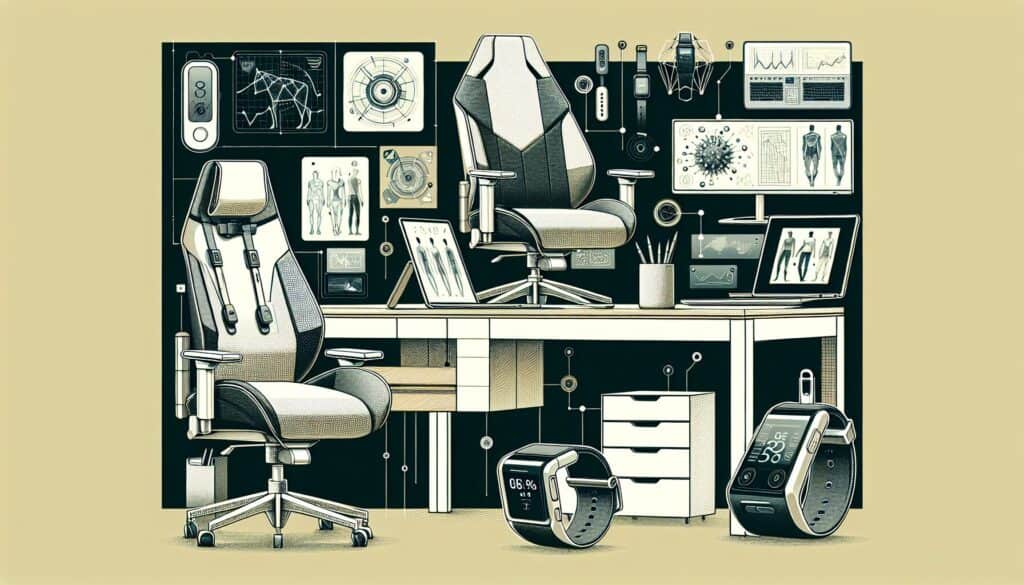A category of ergonomique tools specifically designed to assess and quantify risks associated with working postures.
- Méthodologies : Clients et marketing, Économie, Lean Sigma, Fabrication, Gestion de projet, Qualité
Posture-based analysis tools

Posture-based analysis tools
- Amélioration continue, Ergonomie, Facteurs humains, Conception centrée sur l'humain, Amélioration des processus, Gestion de la qualité, Analyse des risques, Gestion des risques, Safety
Objectif :
Comment il est utilisé :
- These tools typically involve observational methods (sometimes aided by software or sensors) to record, analyze, and score body postures based on joint angles, deviations from neutral positions, and duration of postures. Examples include RULA, REBA, OWAS.
Avantages
- Provide structured methods for identifying and quantifying postural risks; help prioritize ergonomic interventions; can be used to track improvements over time.
Inconvénients
- Accuracy can depend on observer training and experience (for observational methods); some tools may be overly simplistic or too complex for certain applications; often focus on posture in isolation without fully integrating other risk factors like force or repetition (though some aim to).
Catégories :
- Ergonomie
Idéal pour :
- Assessing and quantifying risks associated with various working postures to prevent musculoskeletal disorders.
Posture-based analysis tools such as RULA, REBA, and OWAS are widely applied in industries like manufacturing, healthcare, and office environments, serving to enhance ergonomics and reduce the risk of musculoskeletal disorders. These tools are often utilized during the design phase of work environments or when evaluating existing workflows to identify areas where workers may be exposed to harmful postures. Occupational health specialists, ergonomists, and safety managers typically initiate these analyses, involving cross-discipline teams of engineers, designers, and end-users in the process. In practice, posture analysis can be employed during employee training programs or workspace redesigns, allowing organizations to evaluate the effectiveness of ergonomic interventions over time. Detailed scoring systems enable teams to prioritize high-risk postures, informing the choices of equipment or modifications that could alleviate strain on workers. Coupled with software solutions and sensor technologies, data collected allows for advanced statistical analysis and trend monitoring, facilitating proactive adjustments and contributing to a culture of safety. Industries leveraging these methodologies can track improvements quantitatively, fostering a long-term commitment to worker wellbeing through continuous assessment and iteration of ergonomic solutions.
Principales étapes de cette méthodologie
- Select the postural assessment tool appropriate for the task or environment.
- Observe the subject during typical work tasks, noting key postures and movements.
- Record joint angles and deviations from neutral positions using software or sensors.
- Analyze the collected data to identify posture-related risk factors.
- Score the postures based on established criteria from the selected tool.
- Prioritize risks by categorizing them according to severity and frequency of occurrence.
- Recommend ergonomic interventions based on the analysis and scoring.
- Implement the recommended interventions in the work environment.
- Reassess postures post-intervention to evaluate improvements and adjust strategies as needed.
Conseils de pro
- Incorporate real-time feedback mechanisms using portable sensors to enhance data accuracy during posture assessments.
- Utilize video analysis in conjunction with scoring tools for detailed review and identification of specific posture deviations over time.
- Engage multidisciplinary teams, including occupational therapists and ergonomists, to interpret data collectively and prioritize interventions effectively.
Lire et comparer plusieurs méthodologies, nous recommandons le
> Référentiel méthodologique étendu <
ainsi que plus de 400 autres méthodologies.
Vos commentaires sur cette méthodologie ou des informations supplémentaires sont les bienvenus sur le site web de la Commission européenne. section des commentaires ci-dessous ↓ , ainsi que toute idée ou lien en rapport avec l'ingénierie.
Contexte historique
1986
(si la date est inconnue ou n'est pas pertinente, par exemple "mécanique des fluides", une estimation arrondie de son émergence notable est fournie)

Articles Similaires
Questionnaires sur les troubles musculo-squelettiques
Tests à plusieurs variables (MVT)
Analyse de régression multiple
Systèmes de capture de mouvement
Méthode MoSCoW
Test de la médiane de Mood